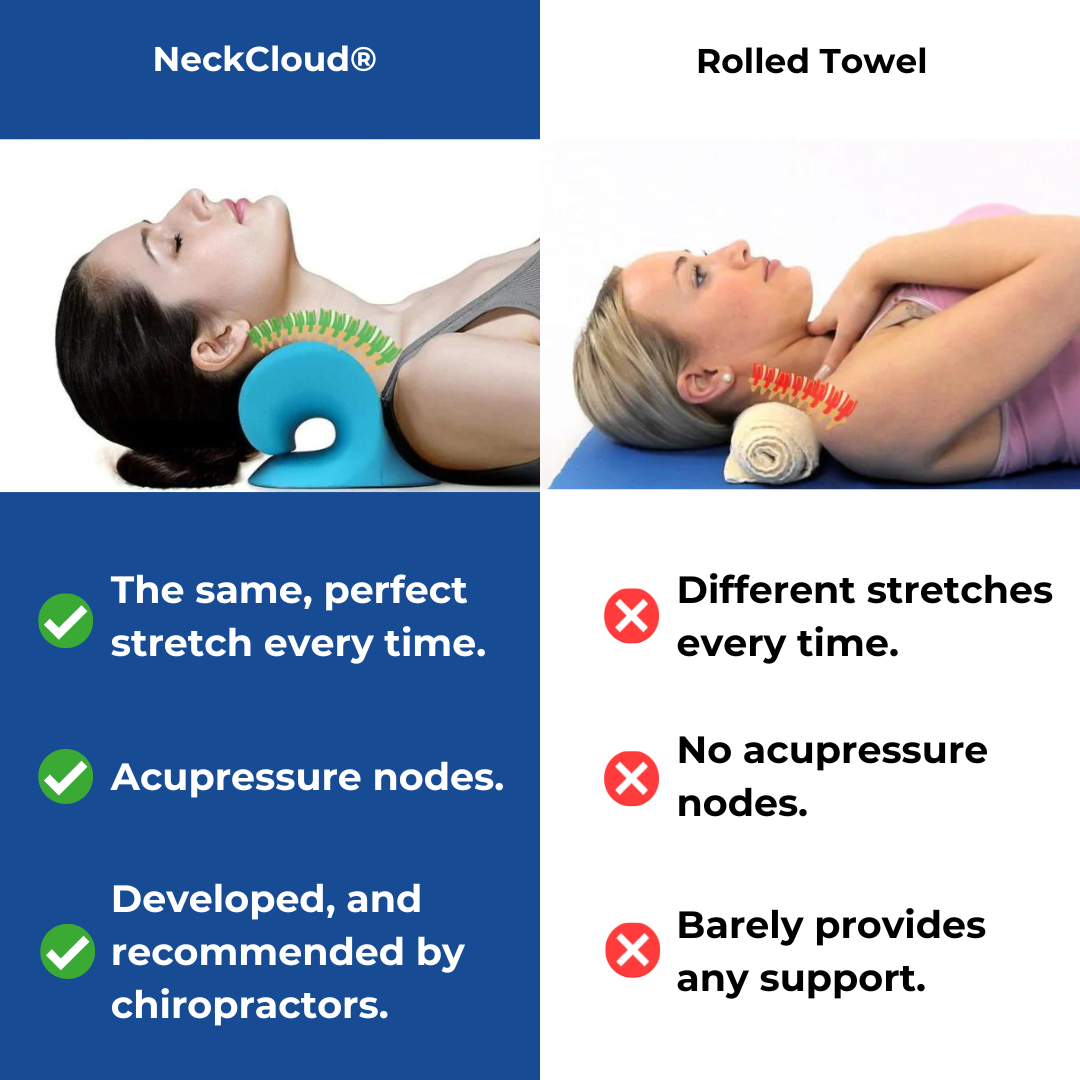Neck Pain in the Workplace: Determining Threat Elements and Applying Ergonomic Solutions
Neck discomfort in the workplace is a common problem that can affect worker well-being and performance. By understanding the different threat variables adding to neck discomfort and applying ergonomic remedies, organizations can develop a much more favorable job environment. Determining these variables is vital in establishing targeted methods to alleviate discomfort and avoid future injuries. Addressing ergonomic issues not just enhances employee health and wellness however likewise advertises overall work complete satisfaction and efficiency.
Common Root Causes Of Neck Pain
Neck discomfort in the work environment is a common concern that can be associated to numerous common causes. Among the main perpetrators is bad stance, which usually arises from prolonged durations of sitting improperly at a desk or workstation. This can lead to strain on the neck muscles and joints, triggering discomfort and pain. Additionally, repeated movements such as constant bending, twisting, or reaching can likewise add to neck pain in time. Stressing the neck by holding it in an uncomfortable position for extensive durations, like supporting the phone in between the ear and shoulder, can worsen the issue (neck cloud).

Ergonomic Danger Variables
Poor functional designs in the office can considerably add to neck discomfort amongst employees. Factors such as incorrect workdesk elevation, poor chair assistance, and uncomfortable positioning of computer system screens can all contribute in the growth of neck pain. When employees are compelled to sit for extensive periods in positions that strain their neck muscle mass, it can result in tightness, pain, and a lot more major musculoskeletal concerns gradually.
Additionally, bad ergonomic methods can result in employees taking on awkward stances while working, such as craning their necks to see a computer system screen or getting to uncomfortably for a mouse or keyboard. neck cloud. These repetitive activities and abnormal positions can put unnecessary stress and anxiety on the neck and bordering muscles, resulting in discomfort and reduced productivity

Desk Arrangement Recommendations
To reduce the threat of neck pain and discomfort, there are numerous desk configuration referrals that workers should think about. Guarantee that the computer monitor is placed at eye degree to prevent click reference stressing the neck by looking up or down.
It is likewise important to have adequate lights to lower eye strain, as squinting or leaning forward can lead to neck tension. Organize the workdesk layout to keep frequently made use of products within arm's reach, restricting the need for recurring twisting or reaching activities. By implementing these workdesk arrangement recommendations, workers can produce a much more ergonomic work space that supports neck health and reduces the danger of developing job-related neck pain.
Stretching and Workout Tips
To maintain flexibility and decrease muscle mass stress in the workplace, incorporating extending and workout regimens can be useful for total health and productivity. Basic desk-friendly stretches can aid relieve neck discomfort and prevent rigidity. Neck rolls, shoulder shrugs, and gentle side-to-side neck stretches work in soothing stress. In addition, including workouts like chin tucks, shoulder blade squeezes, and top back stretches can help strengthen muscle mass that sustain good stance.
Setting reminders or using applications that motivate motion can aid establish a routine stretching routine. By prioritizing these activities, you can improve your physical well-being, reduce the danger of neck discomfort, and boost your total performance in the work environment.
Value of Routine Breaks
In a hectic workplace where needs can add to physical pressures like neck discomfort, establishing a routine that emphasizes the importance of routine breaks is paramount (neck cloud). Taking regular breaks throughout the workday is vital for reducing and preventing neck pain. Prolonged durations of resting or repeated tasks can bring about muscular tissue tension and stiffness in the neck and shoulders. By including short breaks into the job regular, workers can reduce the danger of creating neck discomfort and improve Extra resources general convenience and productivity.
Routine breaks enable staff members to rest their muscle mass, stretch, and turn, avoiding tightness and promoting better flow. Motivating employees to take quick breaks every 30-60 mins can help in reducing the accumulation of tension in the neck and shoulders. These breaks can likewise function as a chance for workers to exercise leisure techniques or gentle neck stretches, even more advertising musculoskeletal health. Implementing a society that values and focuses on routine breaks can have a substantial effect on minimizing neck discomfort and boosting total well-being in the office.
Conclusion
To conclude, attending to ergonomic danger aspects and applying appropriate workstation arrangements are necessary in decreasing neck pain in the office. By promoting great stance, giving ample support, and encouraging regular breaks and stretches, companies can produce a much healthier and extra effective workplace for staff members. Focusing on employee well-being with ergonomic remedies is essential to stop discomfort and enhancing total work environment contentment.
Neck pain in the workplace is a prevalent concern that can influence staff member health and productivity. By identifying and attending to these usual reasons of neck discomfort in the work environment, employers can take positive actions to create a more comfy and ergonomic work atmosphere for their employees.
Poor functional designs in the office can try these out substantially add to neck discomfort amongst workers. By implementing these desk configuration suggestions, workers can produce a much more ergonomic work area that sustains neck health and reduces the risk of creating occupational neck discomfort.
Neck rolls, shoulder shrugs, and gentle side-to-side neck stretches are efficient in soothing tension.